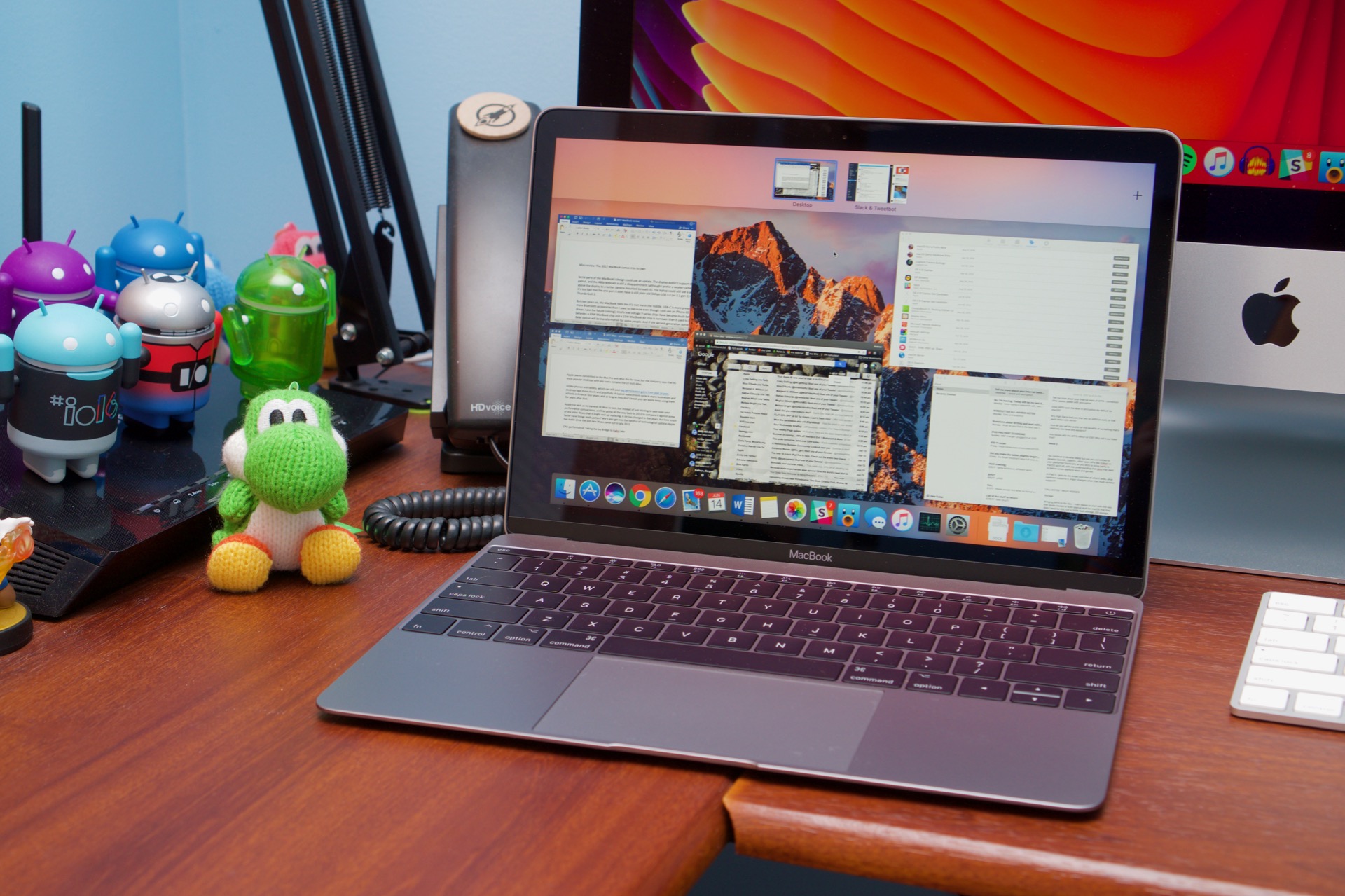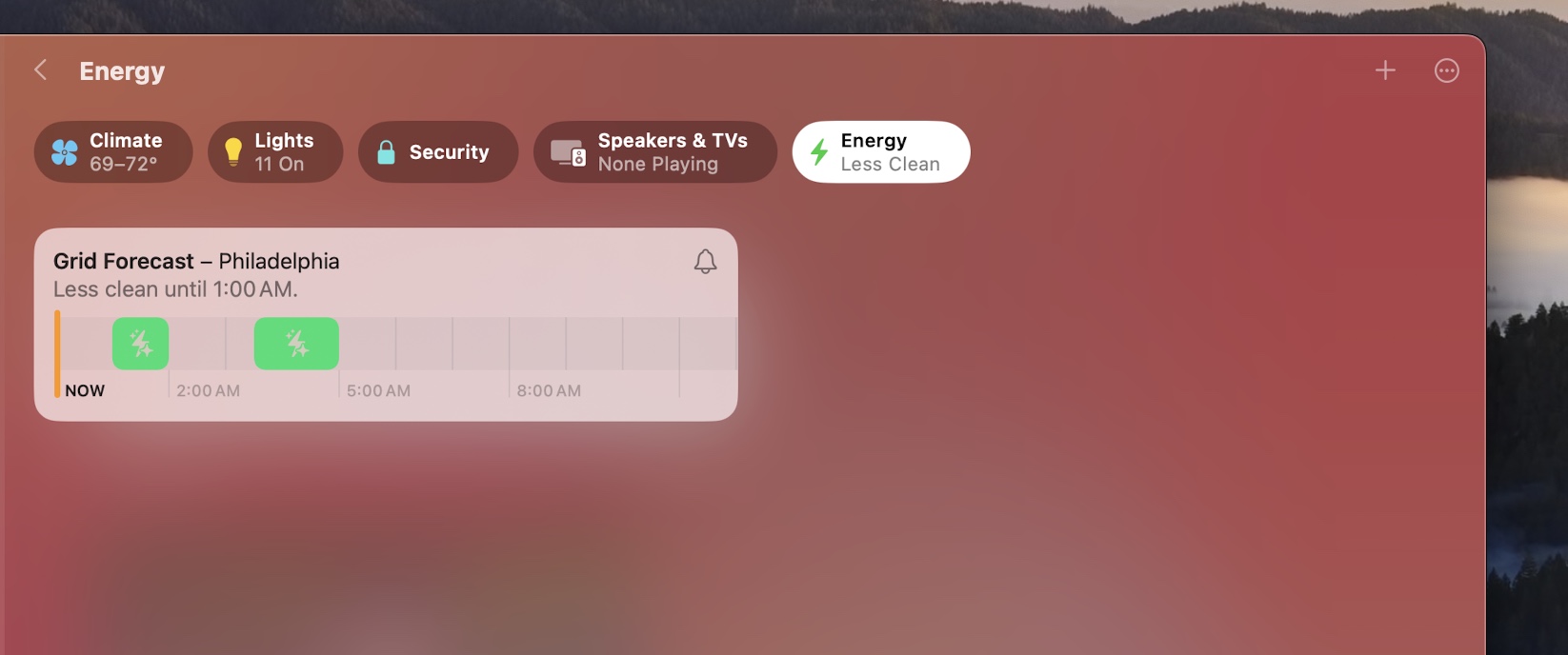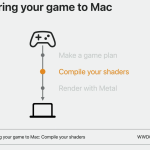I was preparing to write an intro calling macOS Sonoma—version 14.0 of Apple's desktop operating system, for those of you who can't keep the ever-lengthening list of California codenames straight—a "low-key" or "small" release. Because it definitely feels that way, and it's tempting to think that Apple is taking it easy on new features for older OSes because it's devoting so much internal time to VisionOS and the Vision Pro.
But looking back, I've said something along those lines for each of the last few macOS releases (and several others before that). Honestly, these days, what macOS update hasn't been "low-key"? Every one since Big Sur (11.0) overhauled the UI and added Apple Silicon support has been content to add a few pieces on top of the foundation, fiddle a bit with under-the-hood enhancements and new security measures, maintain feature parity with iOS for the built-in apps, and call it a day. That's what Sonoma does, too.
So macOS Sonoma is a perfectly typical macOS release, a sort of "Ventura-plus" that probably has one or two additions that any given person will find useful but which otherwise just keeps your Mac secure and avoids weird iCloud compatibility problems with whatever software is running on your phone. You probably don't need to run out and install it, but there's no real reason to avoid it if you're not aware of some specific bug or compatibility problem that affects the software you use. It's business as usual for Mac owners. Let's dive in.
System requirements and compatibility
Sonoma continues Apple's post-Apple-Silicon tradition of dropping Intel Macs relatively aggressively, including many models that ran (and will continue to run) macOS Ventura just fine. Here's the full compatibility list:
- 2019 iMac and later
- 2018 MacBook Air and later
- 2018 MacBook Pro and later
- 2019 Mac Pro and later
- 2018 Mac mini and later
- 2017 iMac Pro
- All Mac Studio models









































































 Loading comments...
Loading comments...

MacOS has had the concept of purgeable files for a while. Files that are designated as purgeable are removed as needed when disk space gets low or some other application needs the space. These files are reported as part of the "Available" space in Finder, Disk Utility will show you Used, Free and Available with a breakdown of how much of the Available space is actually purgeable.
Edited - here's a link to a somewhat better discussion:
Where does macOS get its volume free space figures from?
If you hold down the Command (⌘) key while moving a widget it will give you somewhat more freedom. (It still snaps into place when you get within a few pixels of another widget, but it greatly reduces the range where snapping kicks in.)